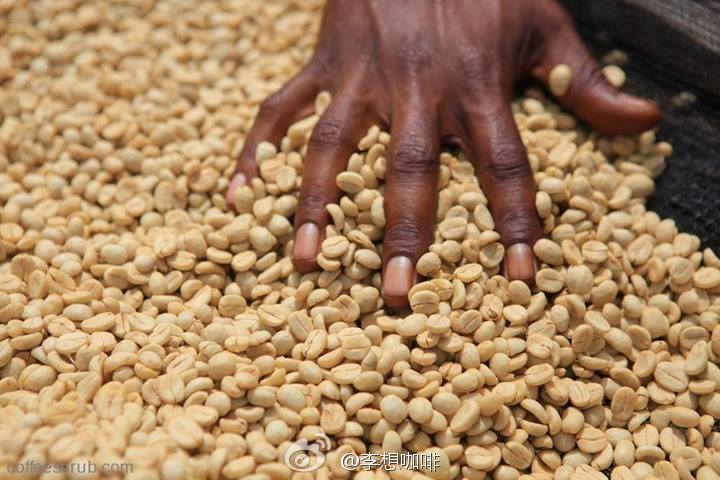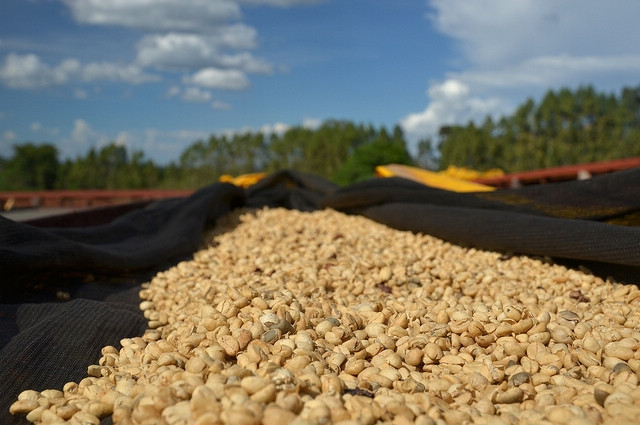Introduction to the Origin of Fine Coffee beans from Nicaragua the characteristics of Nicaraguan Coffee
In many countries, coffee production has been seriously affected for political reasons. Nicaraguan coffee industry is no exception. The 1979 revolution forced coffee planters to flee to Miami. A period of indecision followed, when the government considered whether to redistribute land, including many plantations, which led to a shortage of coffee and a decline in production.

Coffee producing areas in Nicaragua:
The best Nicaraguan coffee is grown in the north and middle of the country, and the best coffee is produced in Jinotega and NuevoSegovia in Matagalpa.
The characteristics of Nicaraguan coffee:
The finest Nicaraguan coffee is classified as Middle Estrich Tamant Altura (CentralEstrictamenteAltura) coffee, which has moderate acidity, delicious aroma and is very lovable. Coffee beans of poor quality are widely used to mix coffee.
Flavor: high-quality mixed type, fragrant and attractive
Suggested roasting method: deep roasting, more suitable for brewing espresso
★: general
The market for Nicaraguan coffee:
Now, the Nicaraguan government has liberalized the coffee industry, and private owners control the market.
Important Notice :
前街咖啡 FrontStreet Coffee has moved to new addredd:
FrontStreet Coffee Address: 315,Donghua East Road,GuangZhou
Tel:020 38364473
- Prev

Costa Rica Tarazu St. Roman processing Plant Royal Coffee freshly roasted Black Coffee
Costa Rica Saint Roman processing Plant Royal Coffee Costa Rica San Ramon Royal Coffee country: Costa Rica Grade: SHB altitude: 1700m production area: Tara Pearl production area roasting degree: medium depth Baking treatment: washing treatment varieties: Kaddura, Kaduai processing Plant: Saint Roman processing Plant Flavor: berry, Caramel, Cream, Micro Flavor
- Next

Royal Coffee processing Plant in St. Roman, a country grown in Central America, Tarazu, Costa Rica.
Costa Rican coffee cultivation was introduced by Cuba in 1779 and exported for the first time in 1820. There are about 32000 coffee farmers, with an average planting area of less than one hectare (10000 hectares) per farmer. Costa Rica has a population of 41 billion (2006), with a coffee planting area of 82500 hectares and an annual production of 1.7 million bags (60kgs per bag). The annual domestic consumption is 380000 bags.
Related
- Detailed explanation of Jadeite planting Land in Panamanian Jadeite Manor introduction to the grading system of Jadeite competitive bidding, Red bid, Green bid and Rose Summer
- Story of Coffee planting in Brenka region of Costa Rica Stonehenge Manor anaerobic heavy honey treatment of flavor mouth
- What's on the barrel of Blue Mountain Coffee beans?
- Can American coffee also pull flowers? How to use hot American style to pull out a good-looking pattern?
- Can you make a cold extract with coffee beans? What is the right proportion for cold-extracted coffee formula?
- Indonesian PWN Gold Mandrine Coffee Origin Features Flavor How to Chong? Mandolin coffee is American.
- A brief introduction to the flavor characteristics of Brazilian yellow bourbon coffee beans
- What is the effect of different water quality on the flavor of cold-extracted coffee? What kind of water is best for brewing coffee?
- Why do you think of Rose Summer whenever you mention Panamanian coffee?
- Introduction to the characteristics of authentic blue mountain coffee bean producing areas? What is the CIB Coffee Authority in Jamaica?

